Stain options in engineered and solid wood floors
Athena Nicolaides
3 years ago
Featured Answer
Sort by:Oldest
Comments (7)
G & S Floor Service
3 years agoRelated Discussions
Solid wood vs. engineered wood flooring
Comments (2)solid wood is 3/4" thick. You can sand down to where the nails are which is where the 'tongue' is. Engineered wood is 3 5 or 7 plys with a veneer of hardwood on top. Its generally more stable than a solid. There is no intrinsic advantage of a solid over engineered, though there is a perceived difference as one is 'thicker'. That has really nothing to do with anything. Factory finishes are generally far more durable than anything you can do on site. Unfinished allows you to stain any color and sanding will make the floor real flat and smooth. Prefinished you can't pick stain color other than the std colors, and generally will have overwood if the floor isn't perfectly level. As anything in this industry there are tradeoffs to all flooring materials....See MoreOld solid wood vs New Engineered wood
Comments (6)The old will be finished right at your home. This will take longer and be messier. But the results will be terrific. No grooves between boards (crumb catchers), the exact color you want with the finish you like. The existing floors will have great character and look great once refinished. Just be sure to match the species of wood: red or white oak. We selected traditional oak flooring finished in our home....See MoreSolid or engineered wood treads on stairs
Comments (2)Have the guy who says he can match the floor stain show you a sample to show you. don't just take his word. I do a lot of custom staining of treads to match a prefinish color. If someone were to ask me to show them a sample before them wanting it done, I would have absolutely no problem in doing so. I would def do solid treads. they will hold up better, and not to mention down the road if you wanted to change colors you could do so. engineered wont give you that option, at least not multiple times. just my opinion on this, but do not distress the treads to match the wear of the floor. it never looks as good as one hopes and its kind of a waste or time. Its a stairway, its suppose to stand out as its own attraction....See MoreSolid wood or plywood treads under engineered wood flooring?
Comments (1)It probably makes no difference structurally. It might be easier to use plywood in that it comes in different thicknesses so it would be easier to achieve the correct height of each riser....See Morecalidesign
3 years agoAthena Nicolaides
3 years agoUptown Floors
3 years agoAthena Nicolaides
3 years agoUptown Floors
3 years ago
Related Stories
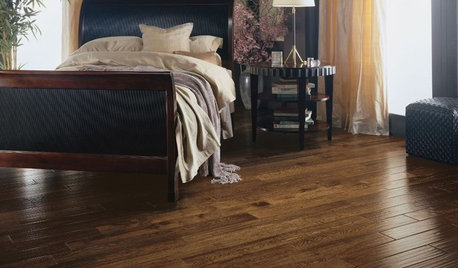
REMODELING GUIDESYour Floor: An Introduction to Solid-Plank Wood Floors
Get the Pros and Cons of Oak, Ash, Pine, Maple and Solid Bamboo
Full Story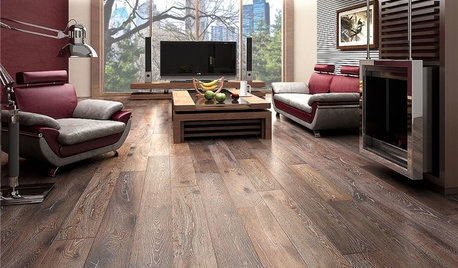
REMODELING GUIDESWhen to Use Engineered Wood Floors
See why an engineered wood floor could be your best choice (and no one will know but you)
Full Story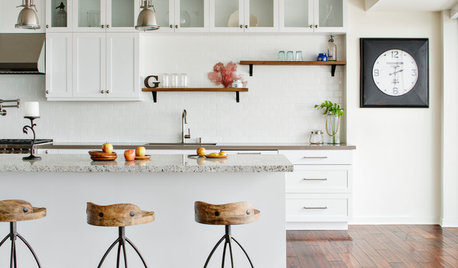
REMODELING GUIDESWhat to Know About Engineered Wood Floors
Engineered wood flooring offers classic looks and durability. It can work with a range of subfloors, including concrete
Full Story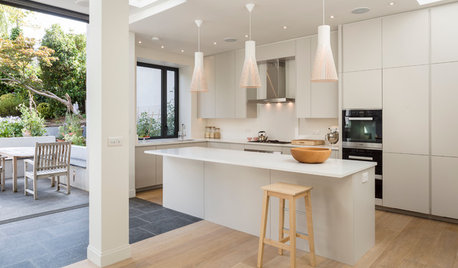
FLOORSHow to Care for Engineered Wood Flooring
Keep your wood floor looking its best with these tips and tricks from the experts
Full Story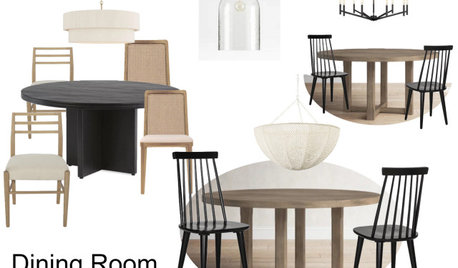
REMODELING GUIDESWood Floor Care: Polish Your Skills
Help your wood floors stay gorgeous by learning how to keep stains, dullness and warping at bay
Full Story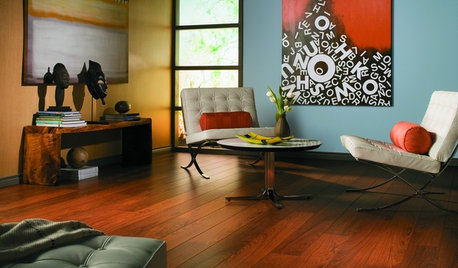
REMODELING GUIDESLaminate Floors: Get the Look of Wood (and More) for Less
See what goes into laminate flooring and why you just might want to choose it
Full Story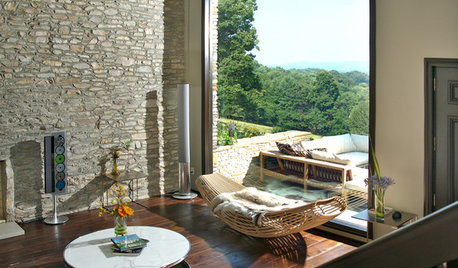
REMODELING GUIDESYour Floors: Zebra, Tiger, and Teak Wood, Oh, My!
Get the Pros and Cons of Exotic Woods: Hickory, Cherry, Rosewood and More
Full Story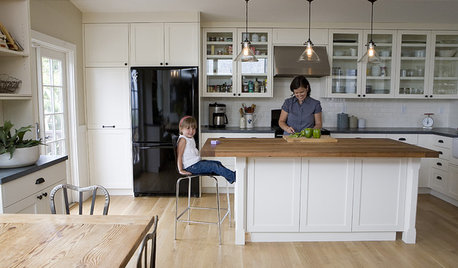
REMODELING GUIDESDesigner Confessions: Torn Between Wood Floors
19 Photos to Help You Choose a Wood Floor Finish
Full Story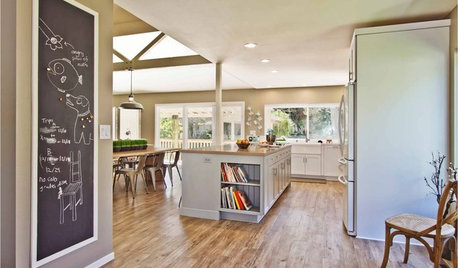
FLOORSWhat's the Right Wood Floor Installation for You?
Straight, diagonal, chevron, parquet and more. See which floor design is best for your space
Full Story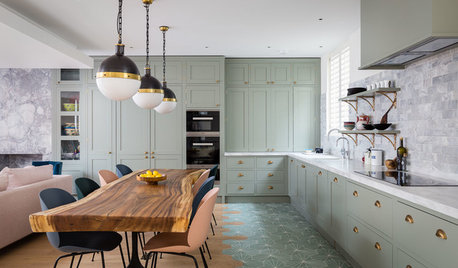
KITCHEN DESIGN13 Alternatives to Plain Wood Flooring in the Kitchen
Graphic patterns, surprising transitions and unexpected materials make these kitchen floors stand out
Full StorySponsored
Columbus Area's Luxury Design Build Firm | 17x Best of Houzz Winner!



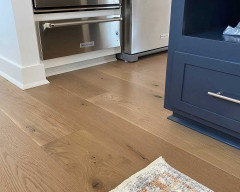
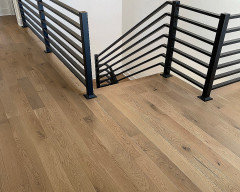
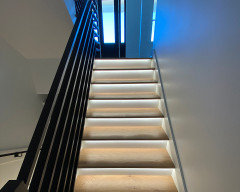

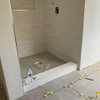
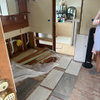

SJ McCarthy